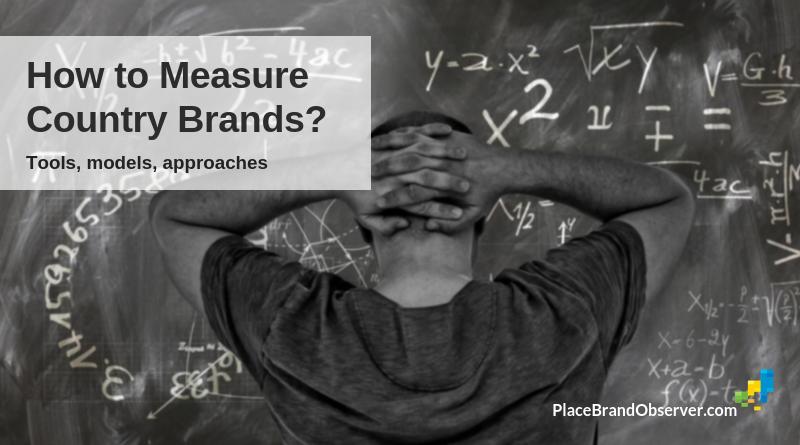How do you measure a country brand? A question asked by one of our readers recently, and which we put to our panel of place branding specialists. Here’s what they said.
If you have a question about place branding, you can put it to the panel here – or use our Information Scout service for a quicker answer.
Efe Sevin
The million-dollar question.
There is a methodological dilemma in measurement. You can either present a nuanced explanation of a country brand or a model that compares and ranks countries. However, it is virtually impossible to do both.
There are various commercial models for the latter (comparison), with Anholt’s Nation Brand Index being, I’d say, the most famous.
Yet, reducing country brands to a number or a ranking is too simplistic. Country brands are about perceptions, ideas, basically about words. We need to unpack these perceptions, not hide them even further behind numbers and ranks.
I believe our best tool is a combination of semantic and social network analyses. Semantic network analysis helps us map the perceptions of target audiences. Social network analysis shows how messages that influence these perceptions are disseminated.
I presented a measurement model in 2014 and recently published another study updating the original arguments.
Gordon Innes
Country brands are fuzzy concepts, which have many facets and are difficult to measure. All the evidence suggests that an audiences’ commitment to a country changes very little over time and, as a result, country brands are remarkably stable. Moreover, traditional “FMCG” marketing tools have limited impact on them.
Having said that, there are many models that seek to measure the perception of, and affinity towards, a country. These include
- brand equity models
- brand asset valuation models
- citizen satisfaction indices
- investor-based place brand equity models
- city brand Hexagon model, etc.
There are also multiple digital and other tools which are available to DMOs, including
- social listening
- digital tracking
- purchase data monitoring
- audience and stakeholder adoption surveys
- measurement of profile populations
- measurement of brand representation and media coverage
Gregory Pomerantsev
There are two main methods which help to measure a country brand (both adopted from corporate branding).
The first one is the consumer-based brand equity approach, which emphasizes the meaning of the brand and the value that customers place on it.
The second one is the company-based brand equity approach – a top-down approach of measurement using information on the total performance of a company. When applied to a country’s brand, it means estimating how well the country performs in terms of exports, attracting tourism, foreign direct investments, as well as immigration.
For the consumer-based brand equity approach (bottom-up) the main tool is primary survey data collection, while for the company-based brand equity approach (top-down) second data collection is used.
Gustavo Koniszczer (FutureBrand)
There are several tools for measuring what we refer to as country brands. For more than ten years, FutureBrand has developed the Country Brand Index, covering countries around the world, and the Country Brand Report Latin America, which focuses on the Latin American region.
In these reports, countries are evaluated under a “Hierarchical Decision Model” that involves measurements of awareness, familiarity, associations a country awakens, preference, consideration, visit and recommendation.
Natasha Grand (INSTID)
Five years ago, there was no simple answer to this question. Today, it is possible to measure the fluctuation of popular perceptions of a place in the online space and in social networks. Which is pretty amazing. Such software and tools, however, are proprietary and not open source. INSTID has them, Bloom Consulting says they have them. Others, not sure.
Pärtel-Peeter Pere (Future Place Leadership)
Asking people, mapping their associations and measuring their behaviour is the best way to measure the brand.
More about the panel and answers to frequent questions on place branding here.
You know someone potentially interested in how to measure country brands? Spread the word!


